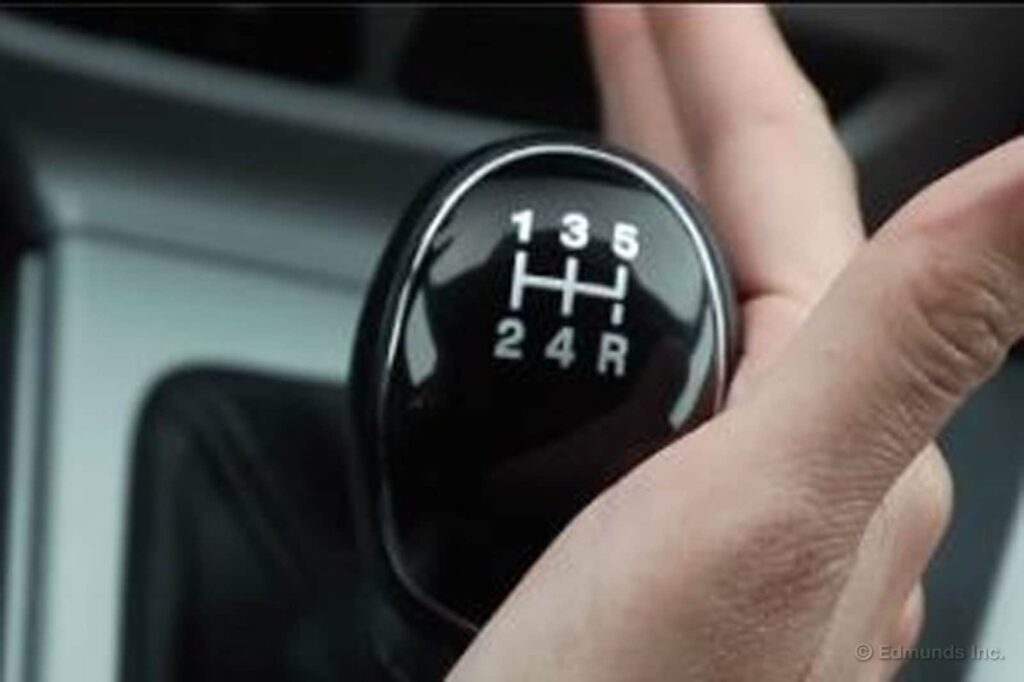Manual to Automatic: Is It Possible to Convert Your Car’s Transmission?
Let’s talk about possibilities, is it possible to convert a car transmission from manual to automatic? The choice between a manual and automatic transmission has long been a topic of debate among car enthusiasts and everyday drivers alike. While some appreciate the control and engagement of a manual transmission, others prefer the convenience and ease of an automatic. This raises an interesting question: is it possible to convert a vehicle from a manual to automatic transmission? In this comprehensive guide, we will explore the feasibility of such a conversion, the necessary components, the pros and cons, and the overall process.

Index
Understanding Manual and Automatic Transmissions
Before diving into the conversion process, it is essential to understand the differences between manual and automatic transmissions. A manual transmission requires the driver to manually shift gears using a clutch pedal and gear stick. This system offers greater control over the vehicle’s power delivery and engine performance. On the other hand, an automatic transmission automates the gear-shifting process, allowing the driver to focus solely on steering and acceleration.
Manual transmissions often have fewer components, making them lighter and potentially more fuel-efficient. They are also typically favored for performance driving due to the increased control they provide. However, automatic transmissions have evolved significantly, providing smoother shifting, improved fuel efficiency, and the convenience of not having to manually change gears.
Is It Possible to Change From Manual to Automatic Transmission?
If you’ve ever driven a manual car, you might have experienced the thrill of shifting gears. However, not everyone enjoys the constant need to engage the clutch and manage gear changes. Many drivers find automatic transmissions more convenient and easier to handle, especially in heavy traffic. This raises the question: is it possible to change from a manual to an automatic transmission? In this article, we will explore the ins and outs of this conversion, the advantages and disadvantages, the process involved, and what you should consider before making such a decision.
Understanding the Differences Between Manual and Automatic Transmissions
Before diving into the conversion process, it’s essential to understand the fundamental differences between manual and automatic transmissions. A manual transmission requires the driver to change gears manually, using a clutch pedal to disengage the engine from the wheels while shifting. This type of transmission offers more control over gear selection and engine power.
On the other hand, an automatic transmission shifts gears on behalf of the driver, utilizing a complex system of hydraulic controls and sensors. This results in a more relaxed driving experience, as the driver does not need to worry about clutch engagement or gear shifting. With advancements in technology, modern automatic transmissions often provide similar performance and fuel efficiency to their manual counterparts.
The Pros and Cons of Manual to Automatic Conversion
Converting a vehicle from a manual to an automatic transmission comes with its own set of advantages and disadvantages. Understanding these can help you make an informed decision.
Pros:
- Ease of Use: Automatic transmissions are generally easier to operate, especially for new drivers or those who find manual shifting challenging.
- Convenience in Traffic: In stop-and-go traffic, an automatic transmission can significantly reduce driver fatigue, as there is no need to constantly engage and disengage the clutch.
- Increased Resale Value: Some buyers prefer automatic vehicles, which can increase the marketability of your car.
Cons:
- Cost of Conversion: The process of changing from a manual to an automatic transmission can be expensive, often costing thousands of dollars. This includes parts, labor, and any necessary modifications.
- Loss of Control: Manual transmissions allow for more driver control over the vehicle’s power and acceleration, which some driving enthusiasts prefer.
- Potential Reliability Issues: Depending on the quality of the conversion, there might be reliability issues down the road, especially if the work isn’t performed by a qualified technician.
The Conversion Process: Steps Involved
The process of converting a manual transmission to an automatic one is not a simple task. It requires a significant amount of mechanical expertise and access to various parts. Below are the general steps involved in a manual to automatic conversion:
- Assessment: Before starting the conversion, have a professional mechanic assess your vehicle. This will help identify any specific challenges or requirements unique to your car model.
- Parts Acquisition: You will need several parts to complete the conversion, including the automatic transmission itself, a compatible torque converter, an automatic transmission control module (TCM), and possibly new driveshafts.
- Removal of Manual Components: The manual transmission, clutch assembly, and pedal assembly will need to be removed from the vehicle. This step is labor-intensive and requires specialized tools.
- Installation of Automatic Transmission: The automatic transmission will be installed, along with the torque converter. Make sure to use the appropriate mounting brackets and transmission crossmembers.
- Electrical Modifications: Since automatic transmissions often rely on electronic controls, modifications to the vehicle’s electrical system may be necessary. This includes installing the TCM and ensuring it communicates effectively with the vehicle’s onboard computer.
- Fluid and Cooling System: An automatic transmission requires a specific type of transmission fluid. Additionally, ensure that the vehicle’s cooling system is equipped to handle the heat generated by the new transmission.
- Testing: Once everything is installed, the vehicle should be thoroughly tested to ensure that the automatic transmission functions correctly and that no leaks or other issues are present.
Common Challenges During Conversion
Converting a manual transmission to an automatic can be fraught with challenges. Here are some common issues that can arise during the conversion process:
- Compatibility Issues: Not all manual vehicles can be converted to automatic. Compatibility between the transmission, engine, and other components is critical.
- Cost Overruns: Many car owners underestimate the total cost of conversion. Hidden issues and the need for additional parts can quickly escalate expenses.
- Technical Expertise Required: This is not a DIY project for the average car enthusiast. Professional assistance is often required to ensure a successful conversion.
- Legal and Insurance Considerations: Depending on your region, converting a car from manual to automatic may require inspections or modifications to your vehicle’s title. Additionally, consult your insurance provider to ensure coverage.
Future of Manual to Automatic Conversions
As technology continues to advance, the demand for automatic vehicles has been on the rise. However, manual transmissions are still cherished by enthusiasts and are found in certain sports cars and classic vehicles. While converting from manual to automatic can provide convenience, it may also erase some of the unique characteristics of your vehicle.
In the future, we may see more hybrid options, such as semi-automatic or dual-clutch systems, which combine the benefits of both transmission types. These systems allow for manual gear changes without the need for a clutch pedal, offering a middle ground for drivers who appreciate the engagement of manual driving but want the convenience of an automatic.
Conclusion
Changing from a manual to an automatic transmission is indeed possible, but it requires careful consideration and planning. Weighing the pros and cons, understanding the conversion process, and being aware of the potential challenges can help you make an informed decision. If you decide to go through with it, ensure that you work with experienced professionals to achieve a successful conversion. Whether you seek ease of use in daily driving or just want a vehicle that fits your lifestyle better, understanding the implications of this change is essential.
Did you enjoy reading about the transition from Manual to Automatic? If you want to learn more about Manual to Automatic conversions and related topics, click here and explore further!
